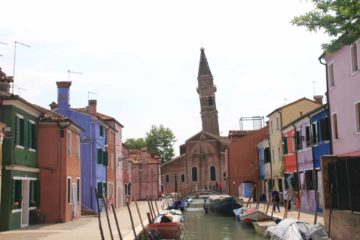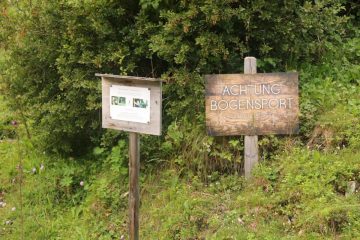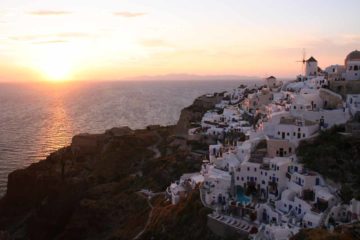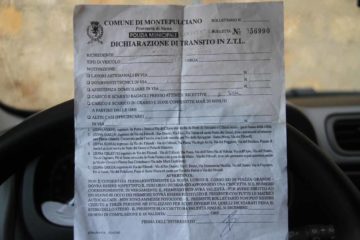About Cascate del Dardagna
Le Cascate del Dardagna (The Waterfalls of the Dardagna) were a series of intermediate-sized waterfalls tumbling in succession for a reported cumulative height of 200m or so. I don’t think there was a safe way to see the entire waterfall in one go, but the trail went alongside the entire waterfall providing the opportunity to experience at least three of its main tiers from up close.
What stood out about this waterfall experience was that the entire hike truly felt like I was back in Nature. Nestled in the mountains of the Appennino Bolognese (Bolognian Apennines), the trail was serene and uncrowded as it was dominated by trees and the sounds of rushing water (coming from the Dardagna River as well as tributaries feeding it). Under the jurisdiction of the Parco Regionale Corno alle Scale, it was also refreshing to see signs saying “Rispetta La Natura” (Respect Nature), where it seemed this respect was evident during the hike.
In fact, while most of Italy appeared to be developed in some way shape or form, places like this really stood out to us. With the falls being within a reasonable day trip from the more famous cities such as Florence (80km), Bologna (70km), Modena (70km), and even Pisa (120km), the Nature would provide a nice contrast and mix up with the crowds and the historical sites that the urban centers would feature.

At each trail junction, there were numbered red-white arrow signs, and I basically had to remain on the trail 331 to continue towards Cascate del Dardagna. The gradually descending and narrowing path crossed a couple of bridges (I recalled one had a small cascade by it) before the trail eventually started to climb steeply alongside the rushing Dardagna River.
After a few more minutes of uphill hiking on the trail perched on a narrow ledge above the Dardagna, the trail then crossed a bridge before a cascade on a separate tributary feeding the Dardagna. Not long after that bridge, I eventually encountered the first and bottommost of the Dardagna Waterfalls (roughly 30 minutes from the trailhead).
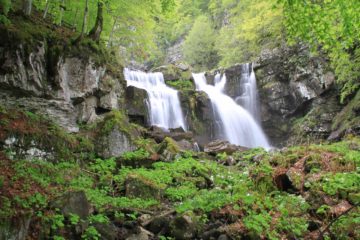
After another 20 minutes of climbing above the first waterfall as well as some other steep intermediate tiers, the trail then approached the second waterfall. This one was probably on the order of 10m, and it also had a somewhat segmented appearance like the first waterfall. There were also lots of foliage and large rocks in a fairly flat opening right in front of the falls, which made it possible to scramble a bit (with care) for a closer look.
Next, the trail then ascended more steep steps, but after five more minutes of this, the trail terminated at the base of the third waterfall. This particular falls was probably a little taller than the first waterfall I saw, but it possessed a more conventional mountain cascade shape (see photo at the top of this page) while also providing an interesting panorama of the downstream scenery over the top of the second waterfall. I’m sure this would’ve been a pretty neat place to take a breather and maybe even have a picnic lunch, but it was also happened to be hailing so I had to hasten my visit.
Since the majority of the hike was downhill back to the trailhead, I went much faster on the way back. Although I’d imagine this hike would typically take two hours round trip, I ended up taking about 100 minutes doing this hike solo under some threatening weather conditions.
Related Top 10 Lists
No Posts Found
Trip Planning Resources
Nearby Accommodations
This content is for members only. See Membership Options.Featured Images and Nearby Attractions
This content is for members only. See Membership Options.Visitor Comments:
Got something you'd like to share or say to keep the conversation going? Feel free to leave a comment below...No users have replied to the content on this page
Visitor Reviews of this Waterfall:
If you have a waterfall story or write-up that you'd like to share, feel free to click the button below and fill out the form...No users have submitted a write-up/review of this waterfall


